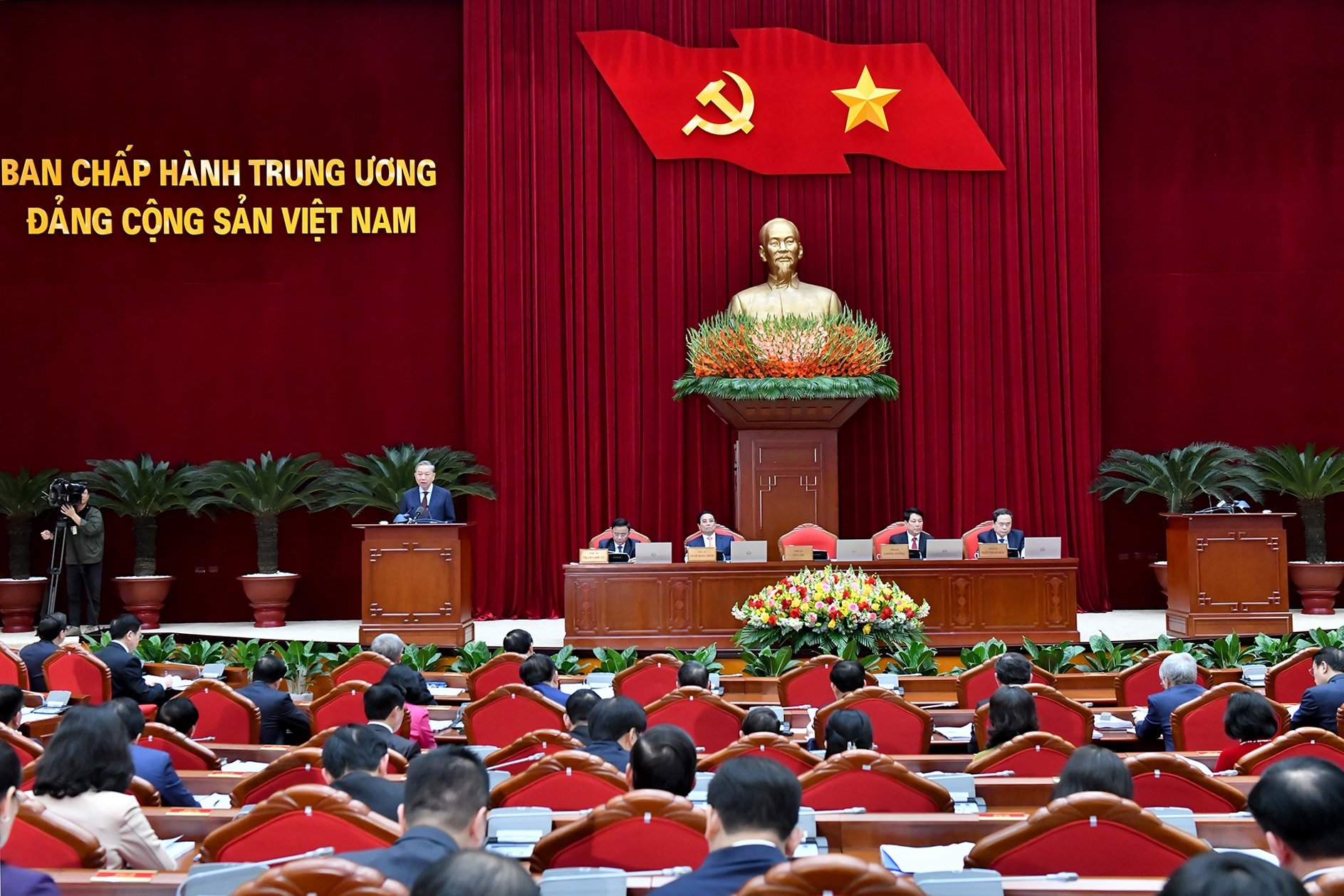
The important issue was placed on the agenda.
In Conclusion No. 127 on the implementation of research and proposals to continue to reorganize the apparatus of the political system, the Politburo and the Secretariat requested to determine the highest political determination and implement according to the motto "running while queuing" to complete the work with a very large volume, requiring high quality and progress. And according to the Plan of the Central Steering Committee on summarizing the implementation of Resolution No. 18-NQ/TW, up to this point, the projects have been received and completed to report at the 11th Conference of the 13th Party Central Committee.
Specifically, the Project to review, amend and supplement a number of articles of the Constitution and laws of the State; the Project to reorganize administrative units at all levels and build a model of organizing a two-level local government; the Project to reorganize and streamline the apparatus of the Vietnam Fatherland Front, socio-political organizations, and mass organizations assigned by the Party and the State; the Project on the system of courts and procuracies at the local level in the direction of not organizing at the district level...
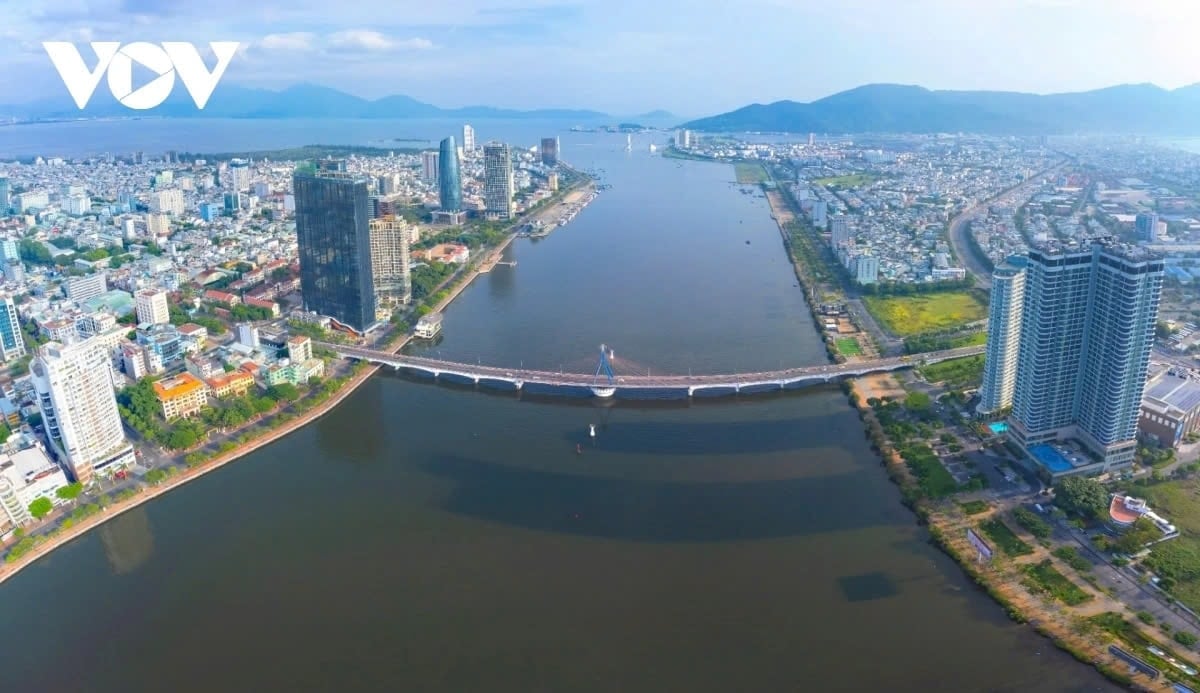
Along with that is the Project, draft of the new Directive replacing Directive No. 35-CT/TW, Conclusion No. 118-KL/TW dated January 18, 2025 of the 13th Politburo on Party congresses at all levels towards the 14th National Congress of the Party and the draft of the new regulation replacing Regulation No. 232-QD/TW dated January 20, 2025 of the Central Executive Committee on the implementation of the Party Charter; at the same time, there is also a report on the results of the implementation of Resolution No. 18-NQ/TW and Conclusion No. 127-KL/TW, and orientations for the implementation of the organizational arrangement in the coming time.
Another major issue is the direction of personnel work for the 14th Party Congress; reviewing and supplementing the planning of the 14th Central Executive Committee will also be presented by the Politburo to this Central Conference.
In addition, there is a thematic report on breakthroughs in science, technology, innovation, and digital transformation in the spirit of Resolution No. 57 of the Politburo. Because, as Party and State leaders have repeatedly affirmed, developing science, technology, innovation, and digital transformation is a mandatory choice, the only way to develop the country...
With great aspirations, far-sighted vision, innovative thinking, and closeness to reality, the Central Committee has been considering and making many revolutionary and breakthrough decisions, creating a foundation for the country's development in the new era - with the starting point determined to be the 14th National Party Congress.
According to its functions and authority, the National Assembly also accompanies the Government in institutionalizing and implementing to quickly bring the Party's policies into life, first of all at the 9th Session of the 15th National Assembly opening on May 5, half a month earlier than usual, divided into two phases and expected to last until June 28, 2025.
The National Assembly Party Committee is directing the amendment and supplementation of a number of articles of the 2013 Constitution with the scope of issues on the organization of the political system, including the amendment and supplementation of a number of articles of Chapter IX regulating local government, planning to abolish district-level administrative units, and local government is organized into only two levels (including provincial level and sub-provincial level). A number of related laws are also being reviewed, amended and supplemented to ensure consistency, synchronization and early effect for rapid implementation in practice.
Therefore, right in the document convening the 9th Session, the National Assembly Standing Committee planned the session's agenda to seek opinions from National Assembly delegations and National Assembly deputies and proposed additional content to submit to the National Assembly for consideration and decision on amending and supplementing a number of articles of the 2013 Constitution and considering and approving 13 draft laws to continue serving the work of reorganizing the apparatus of the political system.
These include the Law on Organization of Local Government (amended); the Law on Inspection (amended); the Law on Election of National Assembly Deputies and People's Council Deputies (amended); the Law on Amendments and Supplements to a Number of Articles of the Law on the Vietnam Fatherland Front, a number of laws related to the organization of people's courts, people's procuracies, criminal investigation agencies as well as civil, administrative and criminal proceedings, etc.
The National Assembly Standing Committee also proposed to submit to the National Assembly for consideration and decision the merger of provincial-level administrative units; establish the National Election Council and elect the Chairman of the National Election Council.
“The upcoming 9th session of the National Assembly is of great historical significance to the country,” National Assembly Chairman Tran Thanh Man emphasized when requesting relevant agencies to coordinate early, remotely, and prepare carefully and qualitatively so that the National Assembly and the National Assembly Standing Committee can make decisions according to their authority.
The next step in the lean revolution
In just a short time, ministries, branches and localities have streamlined their apparatus, merged many units as well as built projects to continue restructuring at the provincial and communal levels with the spirit of "saying is doing, "discussing action without retreating", "the Central Government sets an example, the localities respond".
According to the orientation, the administrative apparatus after restructuring includes: central level; provincial, city and commune and ward levels. It is expected that the whole country will have about 34 provinces and cities based on the rearrangement of the current 63 provinces and cities; no administrative activities at the district level; merging from a total of 10,035 commune-level administrative units to about 5,000 units (ie a reduction of more than 50%, lower than the initial plan of 70 - 75%).
According to the Ministry of Home Affairs, from May 1, 63 provinces and cities will send their administrative unit arrangement projects to the Ministry of Home Affairs for synthesis and submission to the National Assembly Standing Committee and the National Assembly at the same time. It is expected that all administrative unit arrangement at the commune level will be completed before June 30 and at the provincial level before August 30 so that by July 1 and September 1, 2025, administrative units will operate under the new model.
To carry out the above tasks, we must first focus on perfecting the institutions. According to the draft Law on Organization of Local Government (amended), the Ministry of Home Affairs has proposed regulations on the organization and operation of two-level local governments in the direction that after the dissolution of the district level, in addition to performing the current tasks and powers, the commune-level local government will also assume the tasks and powers of the district-level local government.
That means that local authorities at the commune level will be given more power. At the same time, the organizational structure and policies for civil servants and public service must also be innovated to ensure that they can meet the requirements of the new tasks.
Administrative procedures previously performed by people and businesses at the district level will soon be transferred to the commune level. Communes will be increasingly applying information technology to shorten the time and better serve people and businesses.
In addition, there will be transitional regulations in the implementation of tasks and powers of the new commune-level government after the dissolution of the district level, to ensure seamless and smooth operations, without overlapping, duplication or omission of tasks. In particular, it will not affect the task of socio-economic development, in the context that we are still determined to achieve GDP growth of 8% or more in 2025, creating a premise for double-digit economic growth from 2026, bringing the country into an era of prosperous development.
The principle is to organize a local government that is streamlined, efficient, effective, and efficient, meeting the requirements of professional, modern, and transparent local governance, ensuring accountability associated with a power control mechanism. The tasks under the authority of the local government must be decided by the local government, organized and implemented by the local government, and self-responsible.
The policy of rearranging commune-level administrative units, not organizing district-level units, and merging provinces is a major policy with a strategic, long-term vision for the long-term and sustainable development of the country. The rearrangement of administrative units at all levels is not only a matter of adjusting administrative boundaries and streamlining focal points, but also adjusting development space and creating momentum for the country. The revolution of streamlining the organizational apparatus has entered a new phase and a series of important issues are being put on the agenda.
Source: https://baohaiduong.vn/hoi-nghi-trung-uong-11-thoi-diem-lich-su-quyet-sach-dot-pha-409080.html






![[Photo] Closing of the 11th Conference of the 13th Central Committee of the Communist Party of Vietnam](https://vstatic.vietnam.vn/vietnam/resource/IMAGE/2025/4/12/114b57fe6e9b4814a5ddfacf6dfe5b7f)
![[Photo] Overcoming all difficulties, speeding up construction progress of Hoa Binh Hydropower Plant Expansion Project](https://vstatic.vietnam.vn/vietnam/resource/IMAGE/2025/4/12/bff04b551e98484c84d74c8faa3526e0)
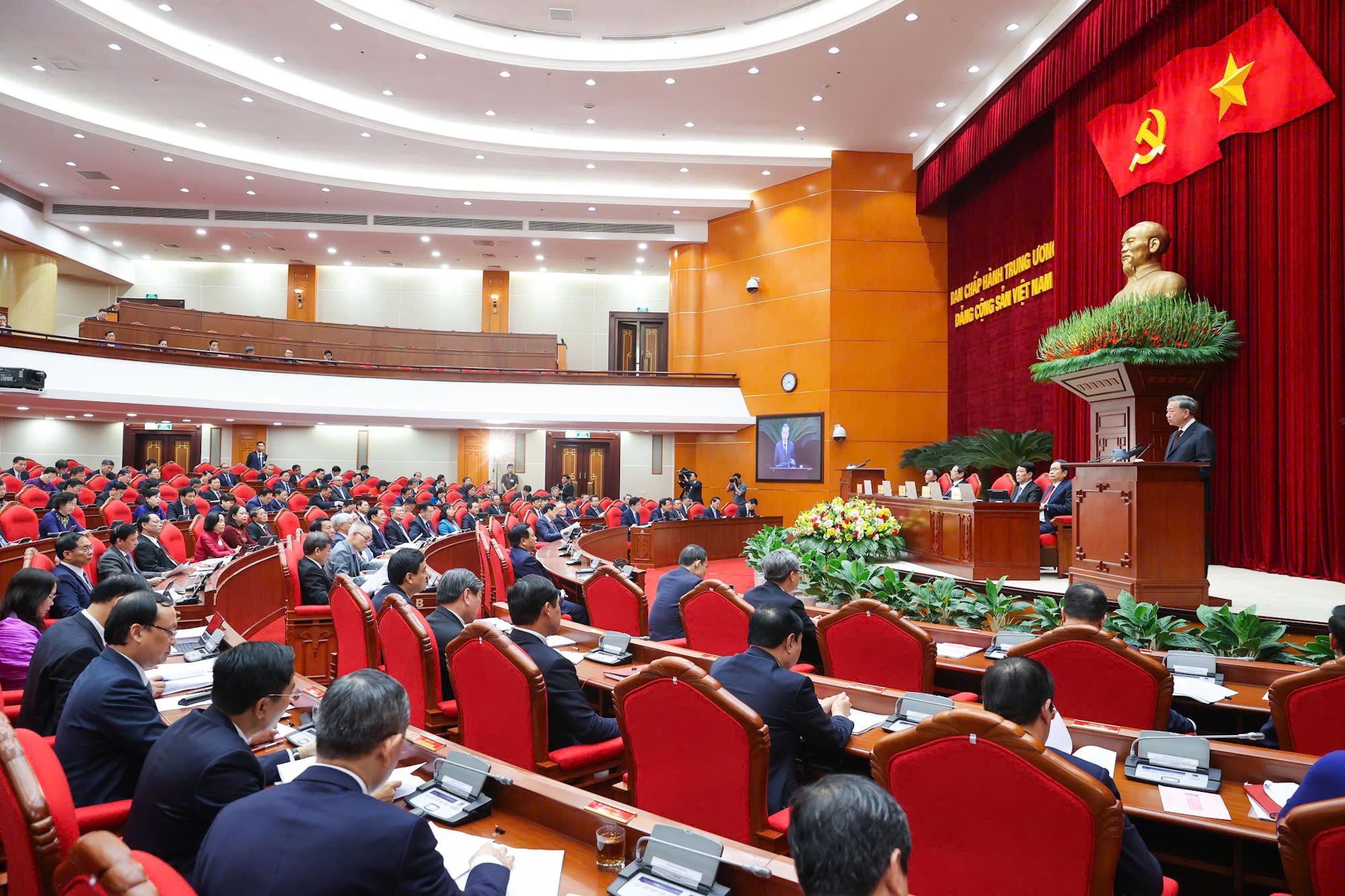

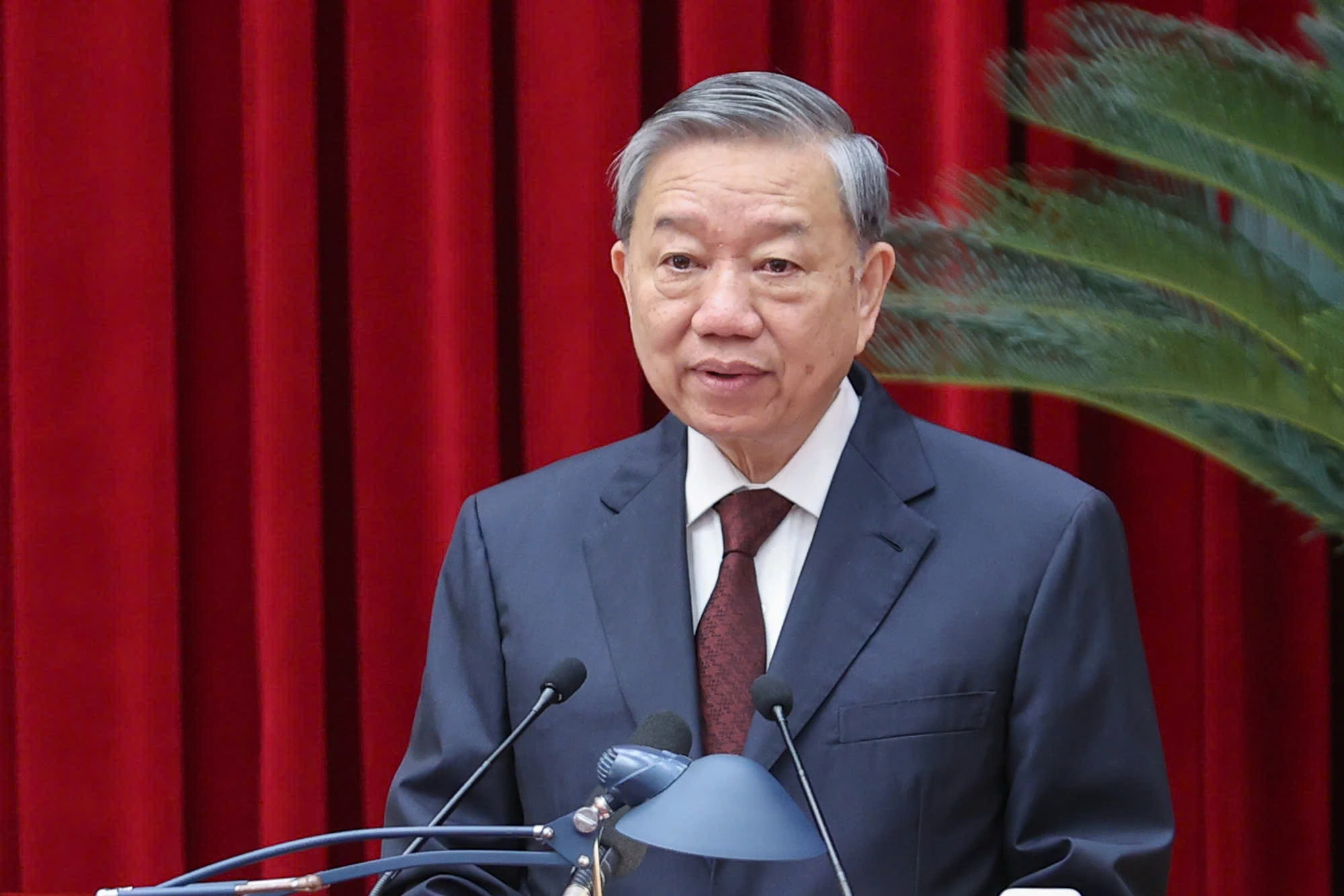
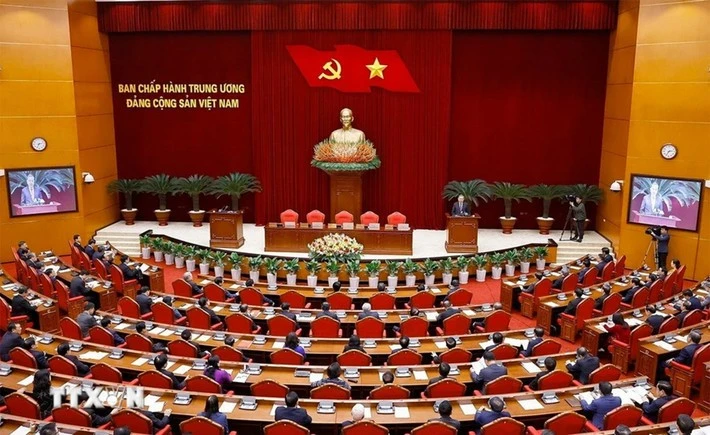

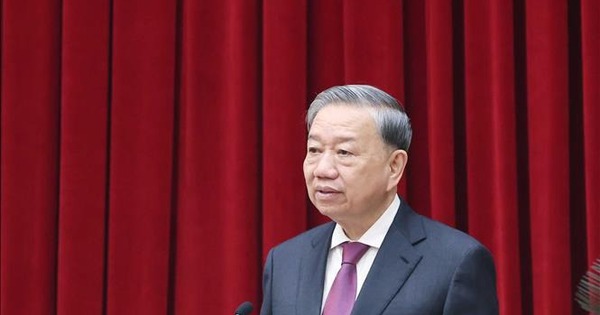


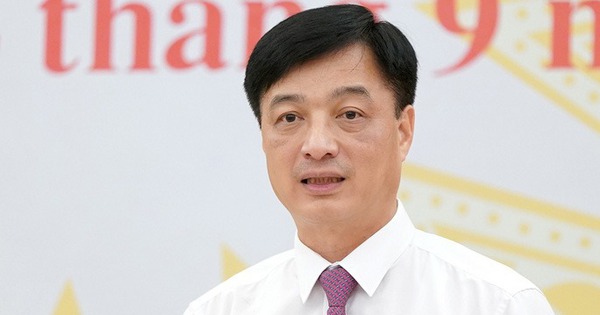
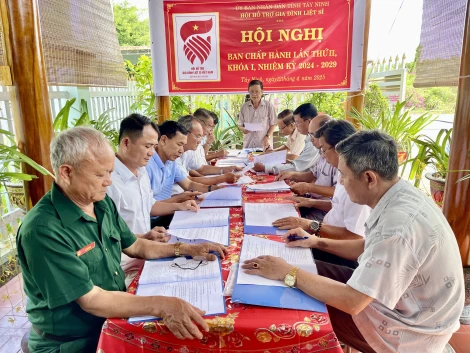
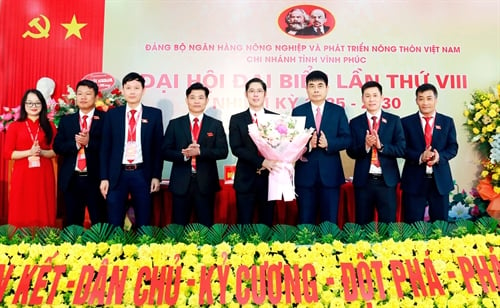

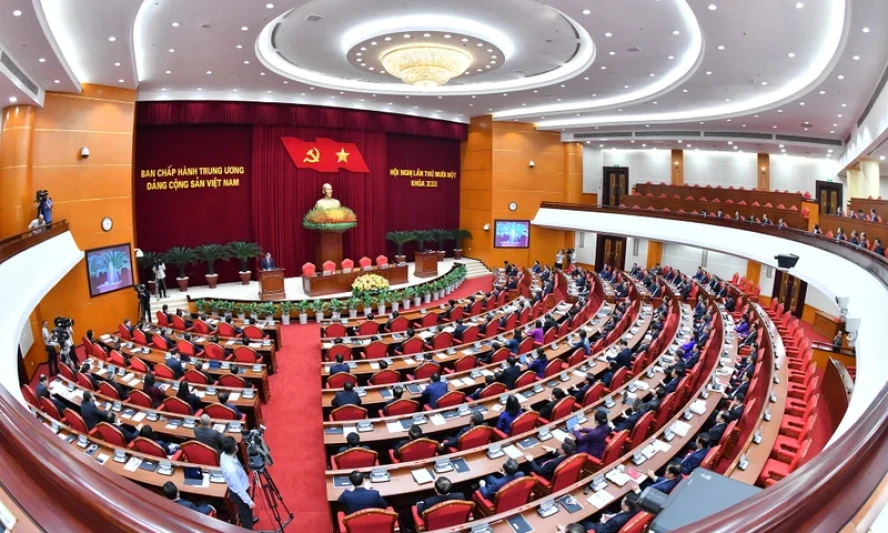

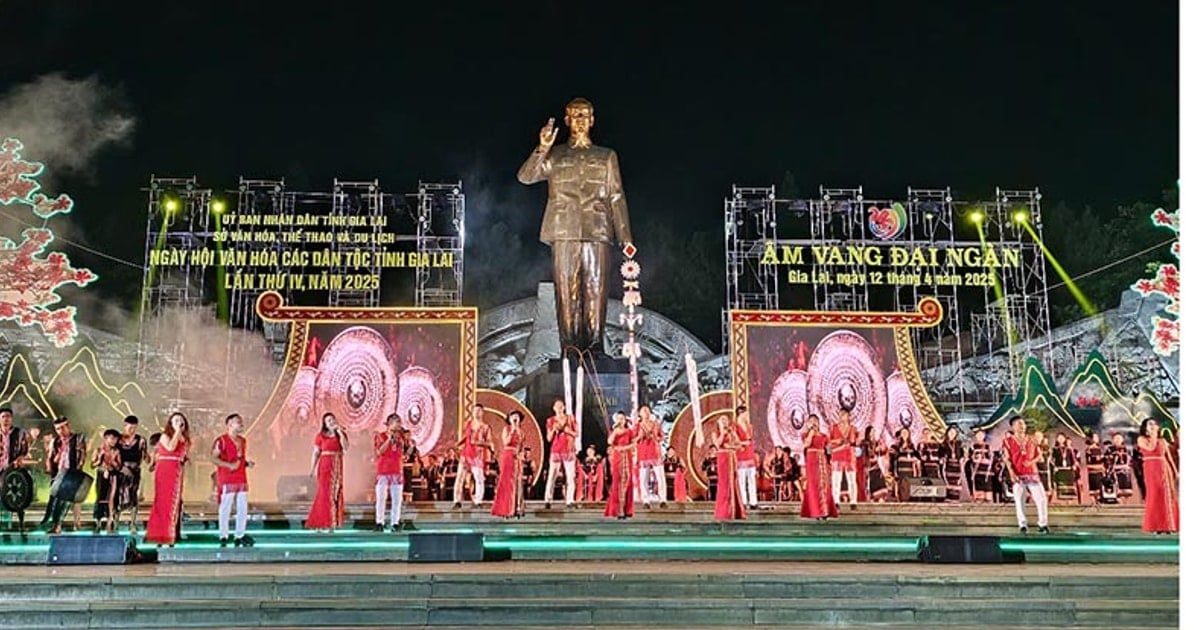




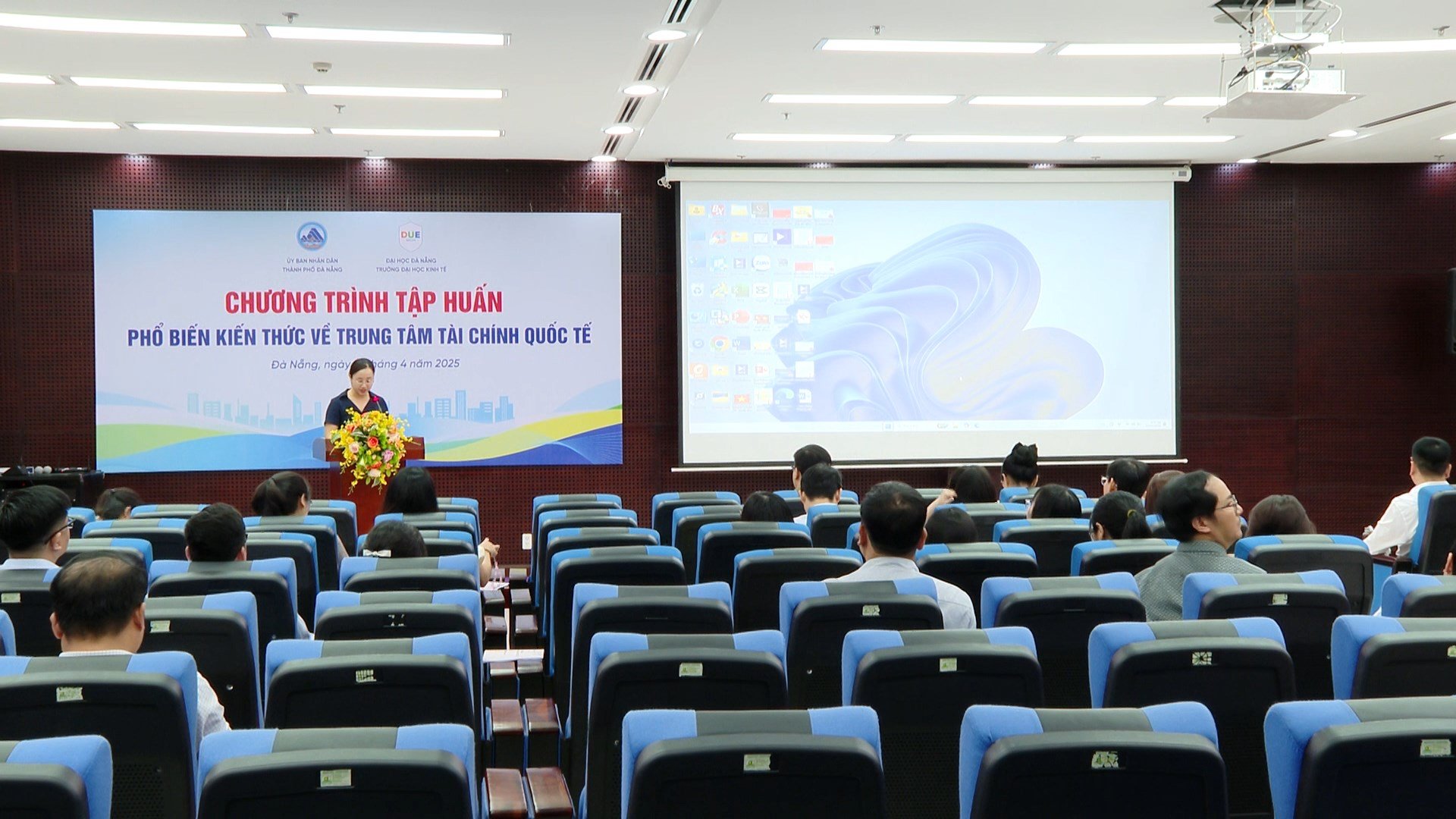
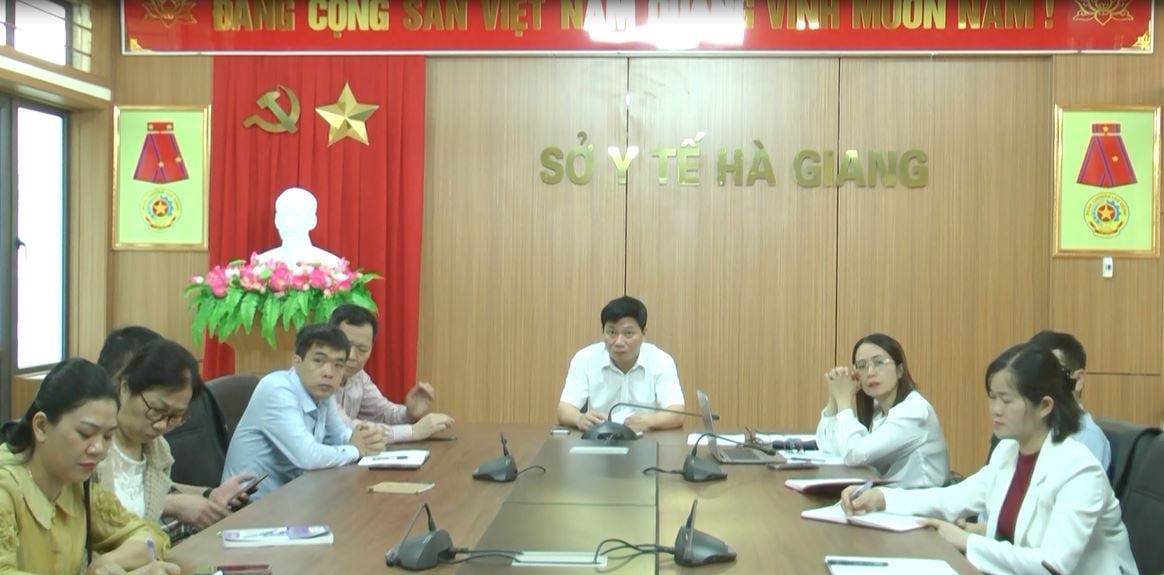
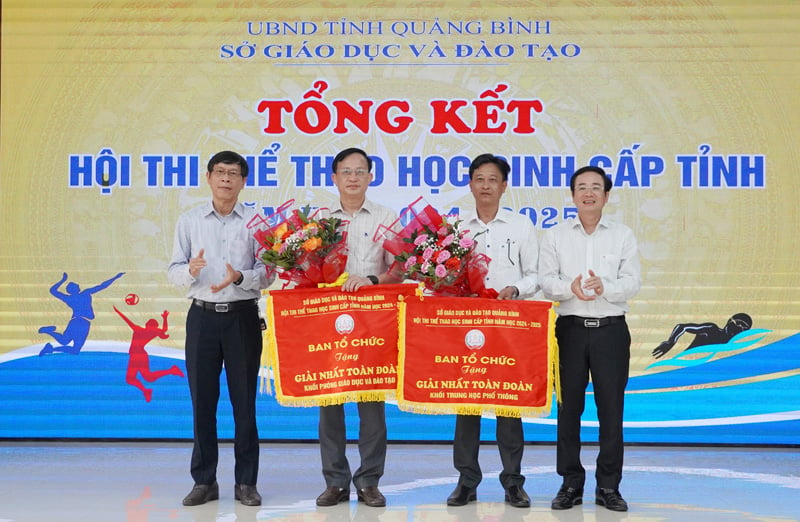
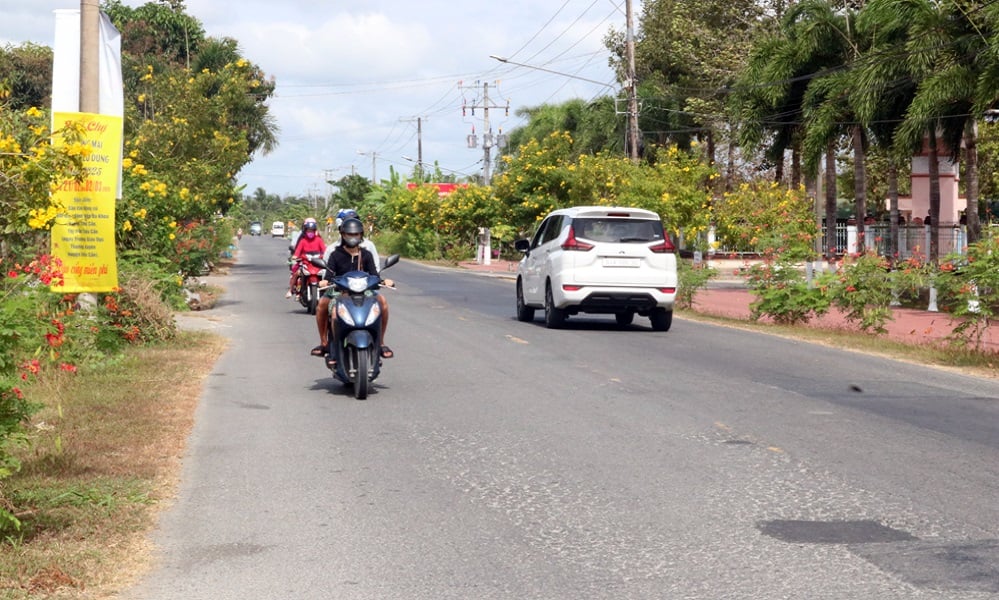
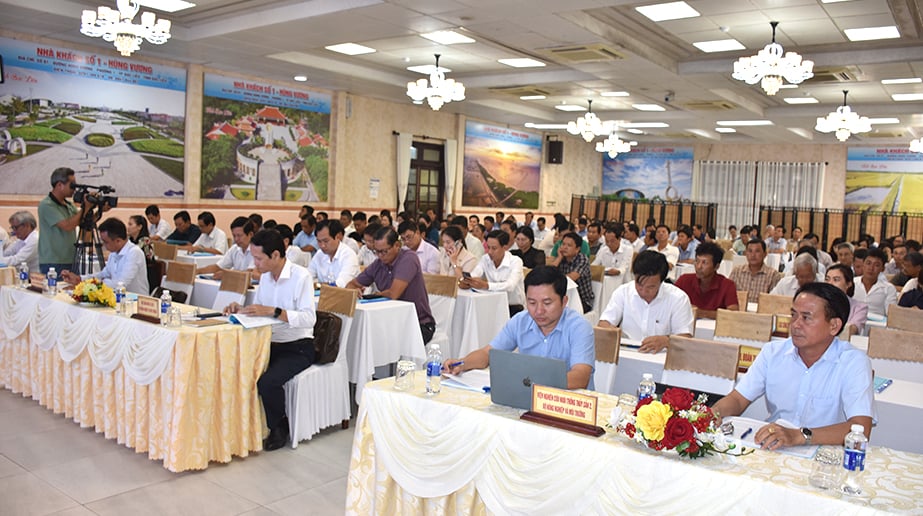


























































Comment (0)